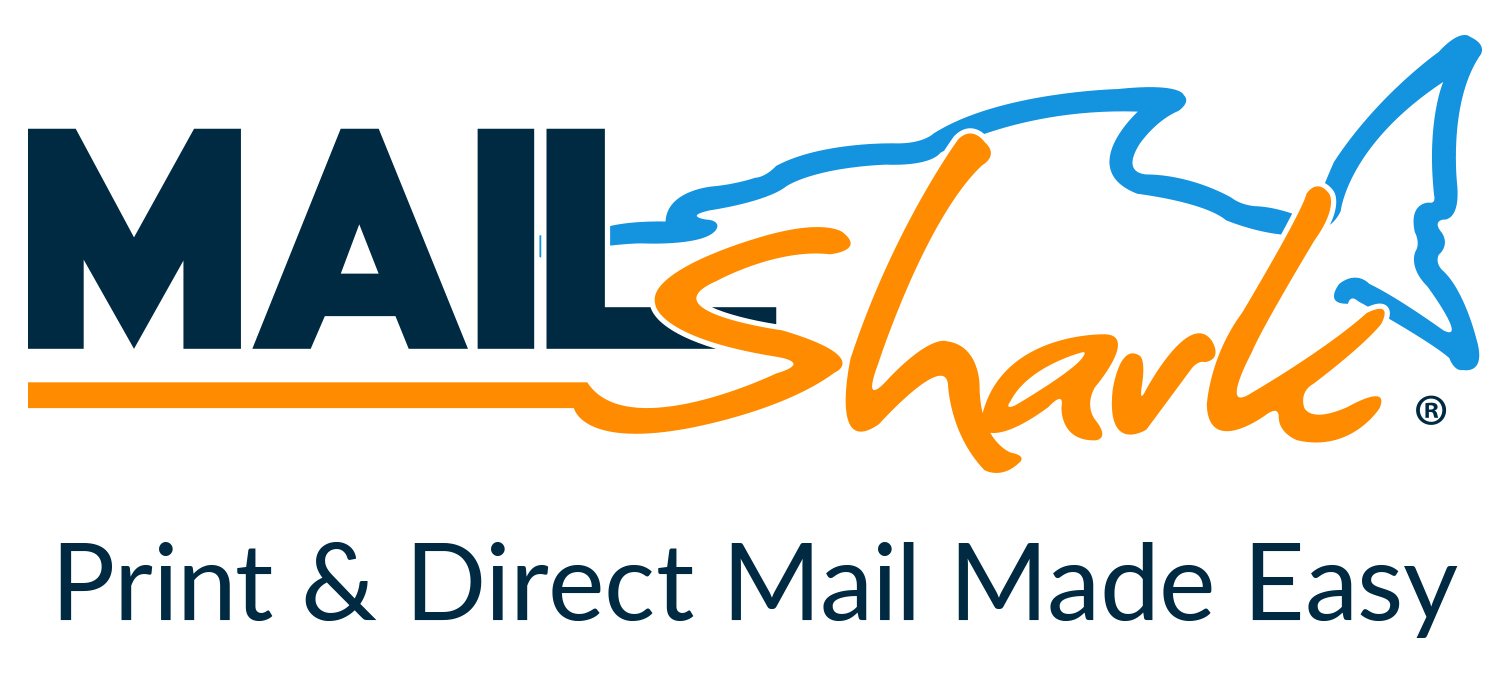Staffing Models
-
Have you checked out Joe's Latest Blog?
-
By Joe Marconi in Joe's Blog5 commentsI recently spoke with a friend of mine who owns a large general repair shop in the Midwest. His father founded the business in 1975. He was telling me that although he’s busy, he’s also very frustrated. When I probed him more about his frustrations, he said that it’s hard to find qualified technicians. My friend employs four technicians and is looking to hire two more. I then asked him, “How long does a technician last working for you.” He looked puzzled and replied, “I never really thought about that, but I can tell that except for one tech, most technicians don’t last working for me longer than a few years.”
Judging from personal experience as a shop owner and from what I know about the auto repair industry, I can tell you that other than a few exceptions, the turnover rate for technicians in our industry is too high. This makes me think, do we have a technician shortage or a retention problem? Have we done the best we can over the decades to provide great pay plans, benefits packages, great work environments, and the right culture to ensure that the techs we have stay with us?
Finding and hiring qualified automotive technicians is not a new phenomenon. This problem has been around for as long as I can remember. While we do need to attract people to our industry and provide the necessary training and mentorship, we also need to focus on retention. Having a revolving door and needing to hire techs every few years or so costs your company money. Big money! And that revolving door may be a sign of an even bigger issue: poor leadership, and poor employee management skills.
Here’s one more thing to consider, for the most part, technicians don’t leave one job to start a new career, they leave one shop as a technician to become a technician at another shop. The reasons why they leave can be debated, but there is one fact that we cannot deny, people don’t quit the company they work for, they usually leave because of the boss or manager they work for.
Put yourselves in the shoes of your employees. Do you have a workplace that communicates, “We appreciate you and want you to stay!”
-
-
Similar Topics
-
By carmcapriotto
The Weekly Blitz is brought to you by our friends over at Shop Marketing Pros. If you want to take your shop to the next level, you need great marketing. Shop Marketing Pros does top-tier marketing for top-tier shops.
Click here to learn more about Top Tier Marketing by Shop Marketing Pros and schedule a demo:https://shopmarketingpros.com/chris/
Check out their podcast here: https://autorepairmarketing.captivate.fm/
If you would like to join their private Facebook group go here: https://www.facebook.com/groups/autorepairmarketingmastermind
In this podcast episode, Chris Cotton from Auto Fix Auto Shop Coaching examines the JD Power 2024 US Customer Service Index Study. He offers strategies for auto repair shops to outperform dealerships by focusing on immediate service, convenience, and the smart use of technology. Cotton emphasizes the need for shops to educate customers and offer value through quality service rather than just competing on price. He advises shops to enhance their online presence and local advertising to attract customers. The episode is a guide for auto repair businesses to improve service and capitalize on dealership shortcomings to gain customer loyalty.
The JD Power 2024 US Customer Service Index Study (00:01:10) Insights from the study on dealership customer service, wait times, and technician retention.
Dealership Wait Times and Technician Retention (00:02:14) Discussion on the impact of wait times, technician retention, and the influence on customer satisfaction.
Customer Preferences and Technology (00:06:25) Customer preferences for immediate service, convenience, and the importance of technology in service updates.
Rising Costs and Customer Satisfaction (00:09:02) Increase in the average amount spent on dealer visits, the impact of inflation, and customer satisfaction.
Adapting to Market Landscape (00:13:18) The need to embrace technology, improve communication, and address wait times and cost concerns.
Advertising Strategies for Auto Repair Shops (00:14:22) Tactical approaches to leverage speed, convenience, technology, cost-effectiveness, education, and tailored promotions in advertising.
Implementing the Marketing Strategy (00:19:05) Guidance on assessing current advertising channels, revamping content, and staying responsive to market changes.
Connect with Chris:
[email protected]
Phone: 940.400.1008
www.autoshopcoaching.com
Facebook: https://www.facebook.com/
AutoFixAutoShopCoachingYoutube: https://bit.ly/3ClX0ae
#autofixautoshopcoaching #autofixbeautofixing #autoshopprofits #autoshopprofit #autoshopprofitsfirst #autoshopleadership #autoshopmanagement #autorepairshopcoaching #autorepairshopconsulting #autorepairshoptraining #autorepairshop #autorepair #serviceadvisor #serviceadvisorefficiency #autorepairshopmarketing #theweeklyblitz #autofix #shopmarketingpros #autofixautoshopcoachingbook
Click to go to the Podcast on Remarkable Results Radio
-
By Joe Marconi
Premium Member Content
This content is hidden to guests, one of the benefits of a paid membership. Please login or register to view this content.

-
By Changing The Industry
Chris Craig on Creating Positive Automotive Work Environments Even At A Dealership
-
-
Our Sponsors




.thumb.jpg.2b345efc275b9df0af2bbb306a10a78a.jpg)









Recommended Posts
Create an account or sign in to comment
You need to be a member in order to leave a comment
Create an account
Sign up for a new account in our community. It's easy!
Register a new accountSign in
Already have an account? Sign in here.
Sign In Now